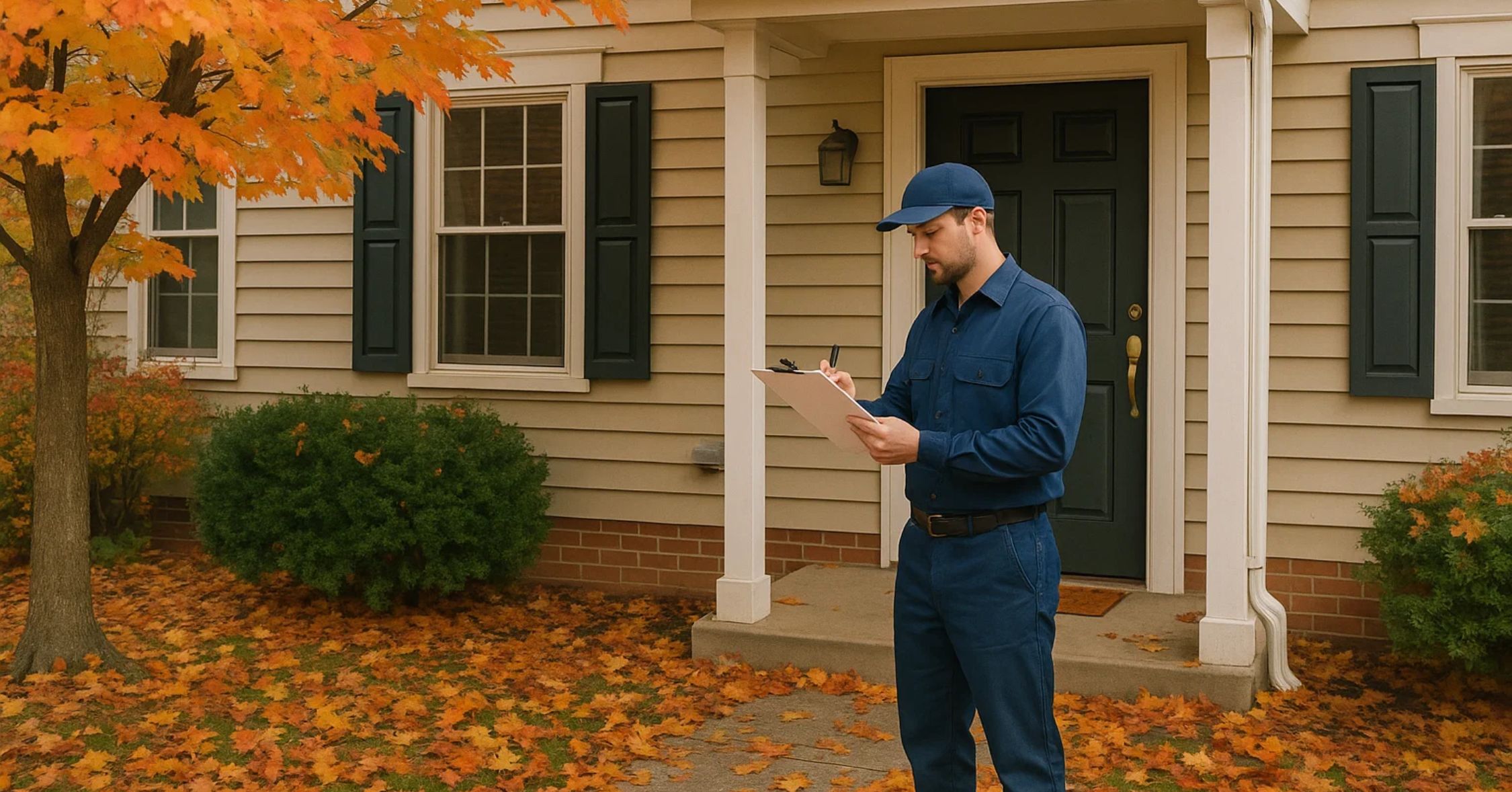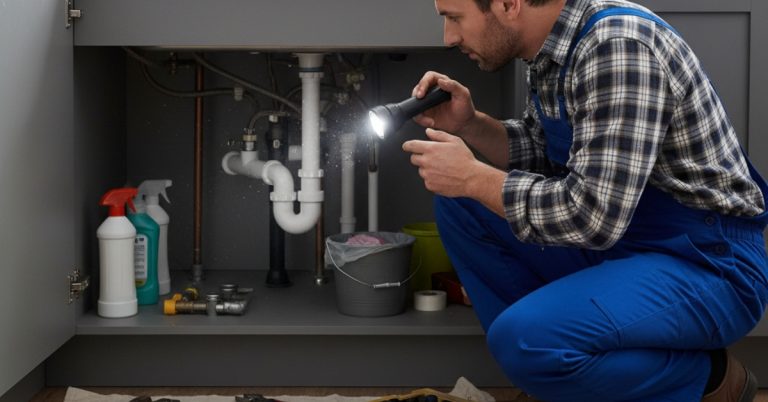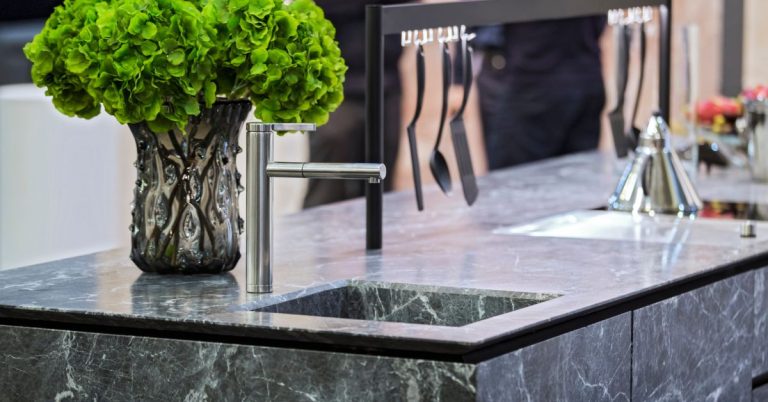As the vibrant colors of autumn signal the transition to colder months, it becomes essential for homeowners to focus on maintaining and protecting their plumbing systems. A well-prepared home ensures not only efficiency but also peace of mind when freezing temperatures arrive. This fall plumbing checklist is designed to help you safeguard your property, prevent costly plumbing repairs, and ensure your plumbing system operates seamlessly throughout the cold season.
Table of Contents
Inspect and Protect Outdoor Faucets and Hoses
One of the first steps in fall plumbing preparation is securing your outdoor water sources. Garden hoses, outdoor faucets, and spigots are particularly vulnerable to freezing temperatures.
- Disconnect and drain all garden hoses before the first frost. Storing them indoors prevents cracking and extends their life.
- Shut off outdoor water supply valves to faucets and drain any residual water. Leaving water inside the lines can cause freezing, which leads to burst pipes.
- For added protection, install insulated faucet covers to keep cold air from seeping in.
Winterize Sprinkler Systems
If your property has an irrigation or sprinkler system, it must be winterized properly. Failing to do so can result in cracked pipes underground that remain unnoticed until spring.
- Shut off the water supply to the system.
- Drain the pipes by blowing out the water with an air compressor.
- Insulate exposed sprinkler valves and backflow preventers.
A professional plumber can ensure this process is done correctly to avoid expensive repairs later.
Insulate Exposed Pipes
Frozen pipes are among the most common plumbing issues in winter. Fall is the best time to add pipe insulation in vulnerable areas such as basements, garages, crawl spaces, and attics.
- Use foam pipe sleeves or heat tape for added protection.
- Pay special attention to pipes along exterior walls, as they are at greater risk of freezing.
- For extra precaution, keep cabinet doors open under sinks during extremely cold nights to allow warm air to circulate.
Check and Flush Your Water Heater
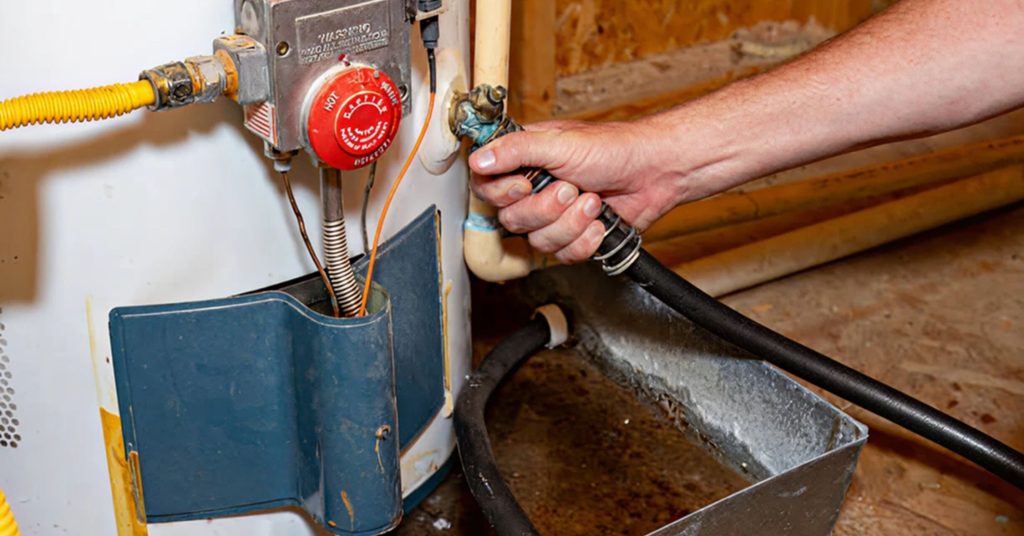
As colder months arrive, your water heater becomes one of the most important systems in your home. To ensure consistent performance and efficiency, follow these steps:
- Drain and flush the tank to eliminate sediment buildup that reduces heating efficiency.
- Inspect carefully the pressure relief valve and anode rod for safety and longevity.
- Adjust the thermostat to around 120°F to balance comfort, energy savings, and protection from scalding. Learn more from the Energy Star guide to efficient water heaters.
- Plan for water heater replacement if your system is 10–12 years old or showing signs of wear.
Routine care helps prevent costly breakdowns and keeps hot water flowing all winter.
Get your water heater repaired or replaced the same day
Inspect and Service Sump Pump
Heavy autumn rains and melting snow in early winter can put your basement at risk. Your sump pump plays a vital role in preventing flooding.
- Test the pump by pouring water into the pit and checking if it activates properly.
- Clean the sump pump pit and remove debris that could obstruct its function.
- Ensure the discharge line is clear and directs water away from your foundation.
Seal Cracks and Leaks Around the Home
Even the most efficient plumbing system cannot perform well if cold air enters your home. Inspect your home’s foundation, walls, and windows for cracks and gaps.
- Seal any air leaks with caulk or weatherstripping.
- Pay attention to areas where pipes enter or exit your home, as these are prime spots for drafts.
- Proper sealing reduces the risk of frozen pipes and lowers your heating costs.
Inspect Toilets and Fixtures for Leaks
Even small leaks can waste gallons of water and drive up bills if ignored. This fall, take time to examine toilets, sinks, and faucets thoroughly.
- Look for dripping faucets and repair or replace worn washers.
- Place food coloring in the toilet tank; if color appears in the bowl without flushing, you have a silent leak.
- Tighten loose fixtures and replace worn-out seals to improve efficiency.
- Schedule toilet leaking repair if problems persist.
Regular inspections save money, conserve water and reduce utility bills, and help prevent costly damage during the colder months.
Clean Gutters and Downspouts
Clogged gutters and downspouts can lead to water damage and stress on your plumbing system. In fall, gutters are often filled with leaves, twigs, and debris.
- Remove debris regularly to allow proper water flow.
- Check that downspouts direct water at least 5–10 feet away from your foundation.
- Consider installing gutter guards to reduce maintenance during fall and winter.
Service Septic Tank (If Applicable)
For homes with septic systems, fall is an ideal time for inspection and pumping. Freezing ground in winter can make it nearly impossible to address septic issues.
- Pump the tank if it has not been serviced in the last 3–5 years.
- Inspect for leaks, cracks, or pooling water in the drain field.
- Ensure the system cover is secure and insulated.
Check Indoor Shut-Off Valves
Inspecting indoor shut-off valves connected to outdoor plumbing is essential for home safety. These valves allow you to stop water flow quickly during leaks or emergencies, preventing damage.
- Test each valve to ensure it turns smoothly.
- Label valves for quick identification.
- Repair or replace valves that are leaking or difficult to operate.
Keeping valves in good condition ensures peace of mind and protects your home.
Prepare for Plumbing Emergencies
Even with the best precautions, plumbing emergencies can still happen unexpectedly. Being prepared can greatly reduce damage and stress while ensuring quick action. To stay ready:
- Keep the contact details of a trusted emergency plumber easily accessible.
- Store essential supplies such as pipe insulation, plumber’s tape, and buckets for quick fixes.
- Make sure every household member knows the exact location of the main water shut-off valve to prevent flooding.
Preparation today saves trouble tomorrow.
Benefits of a Fall Plumbing Checklist
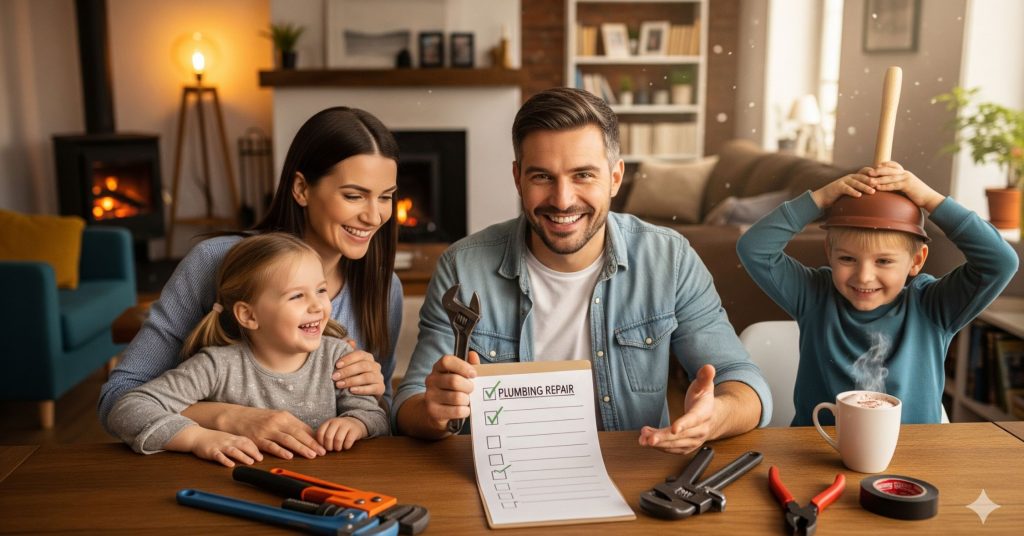
By completing this comprehensive fall plumbing checklist, you will:
- Prevent costly winter pipe bursts.
- Improve plumbing efficiency and hot water availability.
- Reduce energy costs by eliminating leaks and drafts.
- Protect your property from water damage caused by freezing or flooding.
- Extend the lifespan of your plumbing fixtures and appliances.
- Maintain better indoor comfort and consistent water flow during cold weather.
- Avoid emergency plumbing calls with proactive maintenance.
Taking preventive action in fall ensures a worry-free winter and saves you money in the long run.
Who to Call for Professional Plumbing Inspection and Repairs
While preparing your home with DIY steps is important, some tasks require expert attention. For complete protection and fall Plumbing emergency preparedness, it’s always wise to hire a plumber for fall plumbing checkup. Professional inspections can uncover hidden issues that may go unnoticed until winter strikes.
Choose 5 Star Best Plumbing, your trusted local team, for reliable inspection, maintenance, and repair services. With our expertise, you’ll gain peace of mind knowing your home is well-prepared for the season.
- Expert plumbers for all residential plumbing needs
- Quick response for emergency repairs
- Preventive services to avoid costly winter damage
Conclusion
As the colder months approach, taking proactive steps with a detailed fall plumbing checklist ensures your home remains safe, efficient, and protected from costly damage. From insulating exposed pipes to servicing sump pumps, every preventive measure contributes to a warmer, worry-free winter for you and your family.
For expert help beyond DIY maintenance, trust 5 Star Best Plumbing to handle inspections, repairs, and emergency services with care and reliability. With professional support, you can face the winter season confidently, knowing your plumbing system is fully prepared.
FAQs
Why is it important to disconnect outdoor hoses in the fall?
Leaving hoses connected can trap water in the pipes, which may freeze, expand, and cause the pipes to burst. Disconnecting and draining hoses prevents this and helps extend their lifespan.
How often should I flush my water heater?
Flushing your water heater once a year removes sediment buildup that can reduce efficiency and shorten its lifespan. Fall is an ideal time to do this before hot water demand increases in winter.
Can I winterize my sprinkler system myself?
Yes, but it’s important to do it correctly by shutting off the water supply and blowing out all remaining water using an air compressor. Improper winterization can lead to hidden underground pipe damage.
What should I do if I suspect a leak in my toilet?
Add a few drops of food coloring to the toilet tank and wait 10–15 minutes without flushing. If the color appears in the bowl, you likely have a silent leak and should repair or replace the flapper or seal.
When should I call a professional plumber for fall maintenance?
If you’re unsure about winterizing systems like sprinklers, water heaters, or sump pumps, it’s best to call a professional. An expert inspection can identify hidden problems early and prevent costly winter damage.

